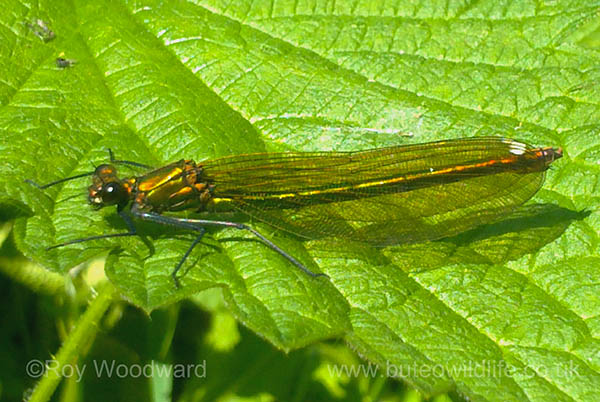Following a period of generally poor weather I finally
managed to have a proper look round a tetrad (2 km x 2 km square) that I had
been allocated for the BTO Nightingale survey. I had previously made brief
visits to parts of the tetrad, and hadn’t found any sign of Nightingales.
The tetrad included Galleyhill Wood, just to the east of the
River Lee Country Park, as well as nearby farmland areas with a few scattered
copses, and it was a very pleasant area for an early morning walk, although
very wet and muddy under foot due to the recent rain. Unfortunately I was not
able to find any sign of the presence of Nightingales anywhere in the tetrad,
and I was not especially surprised about this because the habitat wasn't really
ideal.
Above: Cattle at Holyfield Hall Farm viewpoint, with part of the River Lee Country Park in the background. Red-legged Partridges, Pheasants, and Yellowhammers were on the farmland between here and Galleyhill Wood, including some very smart looking ‘melanistic’ type male Pheasants with glossy purple-black plumage.
In the woodland their were Nuthatches, Coal Tits, Sparrowhawks, and various warblers, and at one point I had four different male Cuckoos calling nearby, as well as a 'bubbling' female. The calls from the female Cuckoo attracted two of the males who flew directly towards the sound.
Various common mammal species were seen early in the
morning, including a small herd of Fallow Deer that did their best to hide in a
thicket as I approached them along the public bridleway, and Reeve’s Muntjac,
Red Fox, Rabbits, and Grey Squirrels were also seen.
Greater Stitchwort (above) was one of the more obvious
flowering plants along the edges of the bridleways and footpaths, with the
relatively small white flowers quite detailed when viewed closely. There were
also quite a few other flowers to be found, as well as a variety of
invertebrates that were feeding on these or present on nearby plants, some of
which I was able to photograph with the only camera I had with me today – the
one on my mobile phone.
Hoverfly - probably Syrphus ribesii.
One of the more numerous insects that I didn’t manage to photograph were the longhorn moths with antennae about three times the length of their body and iridescent wings. These were of a species known by the scientific name of Adelea reaumurella, and given various English names including Green Longhorn Moth and Fairy Longhorn Moth. Quite a few of these were around hawthorns and other trees/bushes, hovering above them in small groups or perching on leaves in the sun.
After I had finished surveying the tetrad I paid a visit to
the nearby River Lee Country Park where I did manage to find some Nightingales
in the usual areas. There were also a few Hobbies hawking some of the emerging
insects, which no doubt included the damselflies that were now beginning to
appear. Various damselfly species were easily found in vegetation near, or at
the edges of the various ponds, rivers,
and gravel pits, but almost all were not fully mature.
Male (top) and female Banded Demoiselles, a species which can be numerous
along some of the rivers and streams in the Lee Valley.
along some of the rivers and streams in the Lee Valley.
An Angle Shades moth, found in sparse vegetation at the edge of one of the ponds.






No comments:
Post a Comment